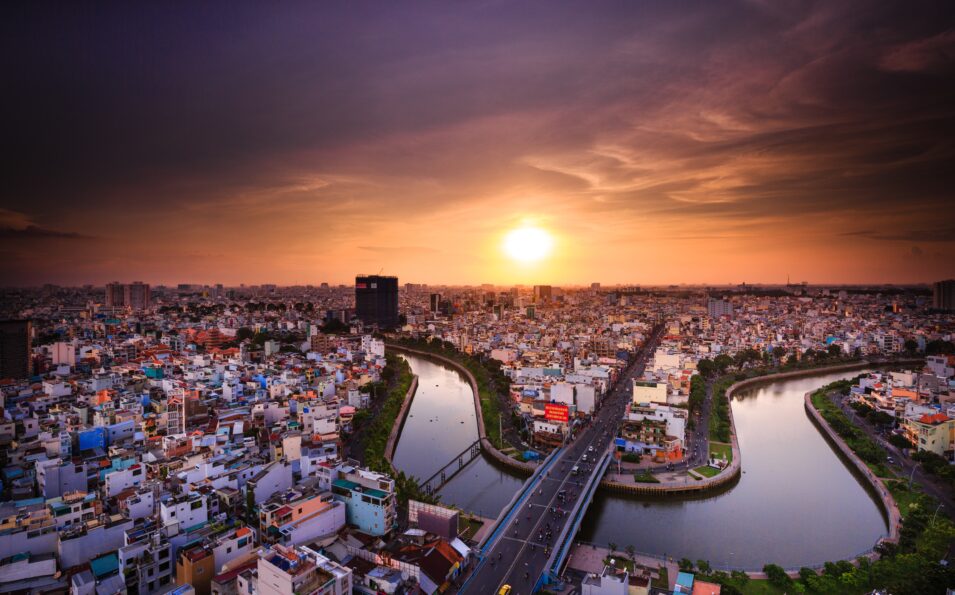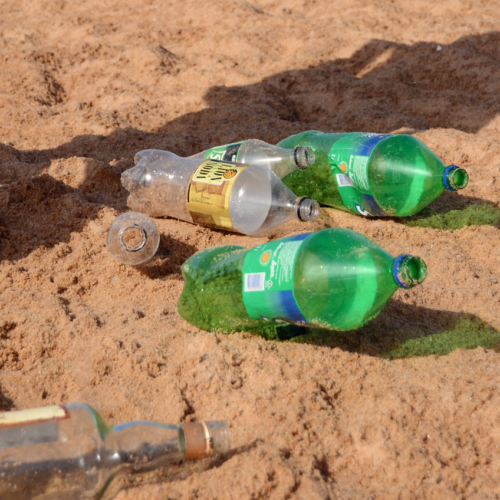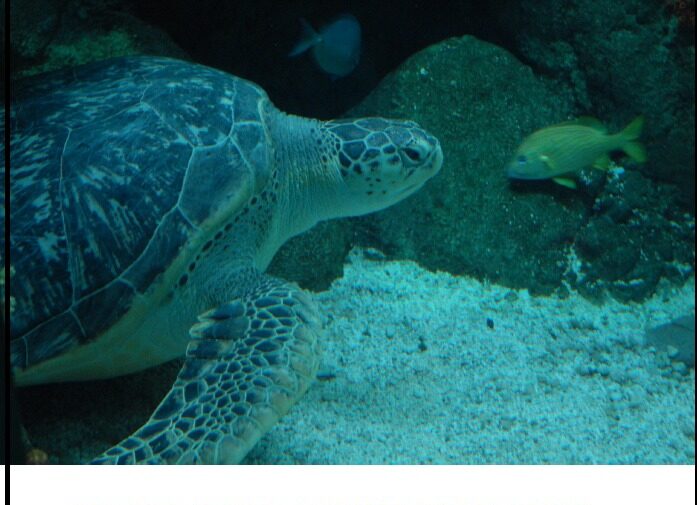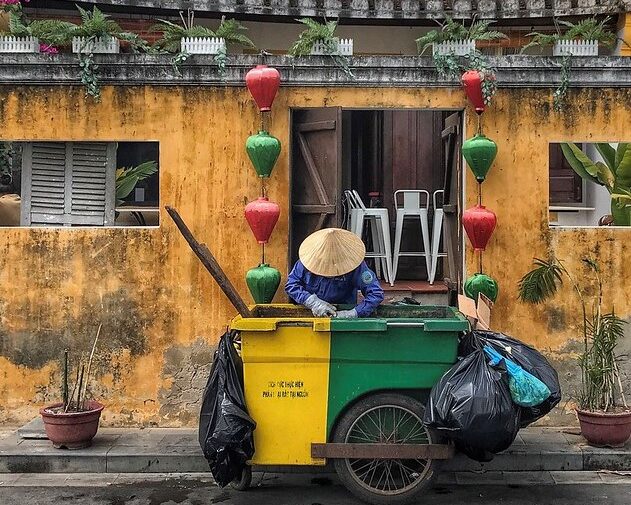Although Peru generates relatively low volumes of waste per capita, inadequate waste management and infrastructure have amplified the impacts, with significant leakages of waste into the environment and improper and unsafe disposal of nearly half of the waste produced.
USAID’s Clean Cities Blue Ocean (CCBO) program is developing solutions to stop the flow of plastic pollution into Peru’s waters within and surrounding the country, including the Pacific Ocean and other inland bodies of water, such as the Piura River—which flows all the way from the Andes to the Pacific Ocean.
CCBO’s holistic, wasteshed-specific strategies will address each step in the waste value chain—from production to its end use—prioritizing the most inclusive, economically viable, and environmentally sustainable solutions in primary environmental leakage. Initial work will focus on Piura in northwestern Peru, the most populous region after the country’s capital city of Lima. Piura generates an estimated 411,880 tons of waste per year, of which only 16% is adequately disposed of, and during El Niño season, Piura’s topography and desert climate leads to flooding that unleashes waste and plastics into the environment. Work will also focus on Ica, Peru’s agricultural center and home to the Paracas National Reserve which protects both marine and desert ecosystems that are vital to biodiversity conservation and economic income for thousands of Peruvians.
Projects

Sign up for the USAID Ocean Plastics Newsletter
Subscribe



